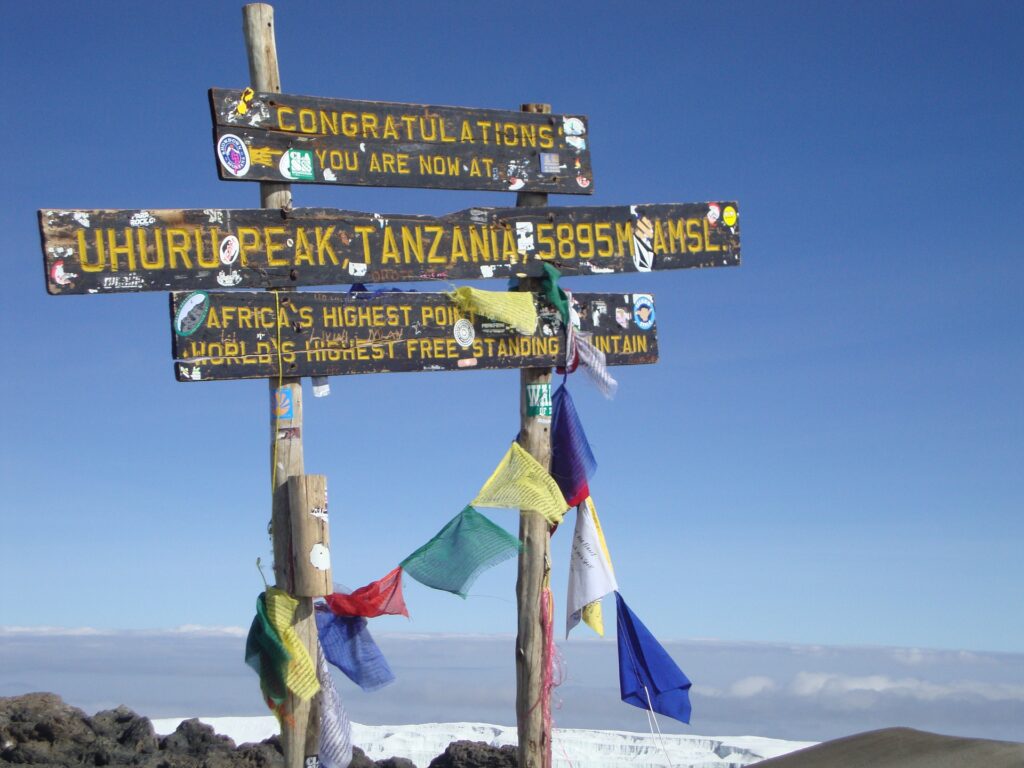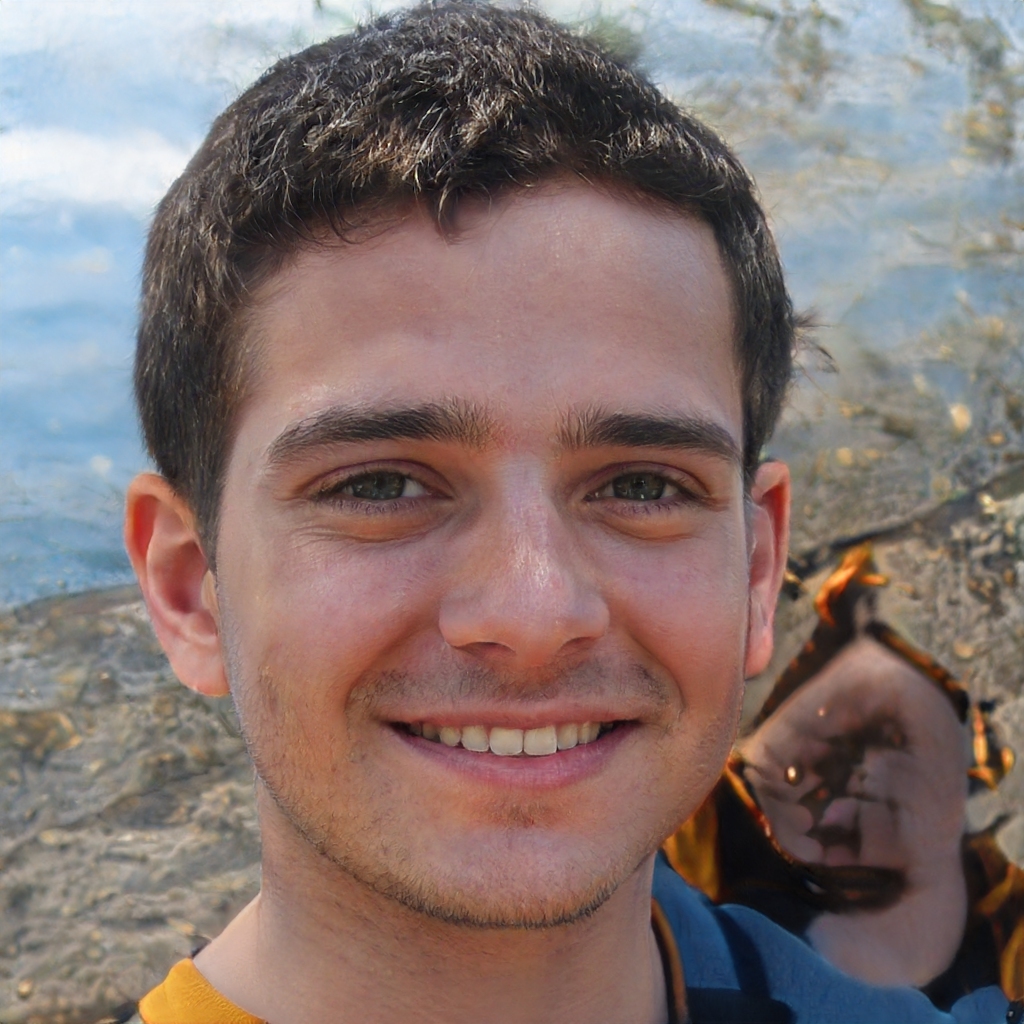Kilimanjaro isn’t just Africa s biggest vertigo-inducing mountain, but the tallest freestanding mountain in the world. The summit, officially called uhuru point, is 19,340 feet (5,895 m) high above sea level. Most high mountains are tropical, inveterate tepid tropical areas, like Kilimanjaro, however some, like Everest, are temperate and do in fact reside in a tropical climate. Regardless, both are extreme high points in an otherwise usual landscape of African highlands.
Kilimanjaro, like most African high points, is home to seven Summits, which differ in altitude by about eleven hundred meters. Kilimanjaro’s eastern slope begins at the southern tip of Tanzania and slants southwestward to a saddle-shaped valley known as the “umbrella range.” The western slope of Kilimanjaro has a broad base and becomes gradually narrower towards the ending of the mountain. Western slopes slope rapidly and abruptly towards the sea. Southern slopes gradually flatten out to become the signature ridgeline of Kilimanjaro’s western side.
Kilimanjaro has long been a popular base for expeditions to Africa’s High Plains, from among the world’s best climbers. In fact, many Mount Kilimanjaro climbs were made to train African and Asian mountaineers for world-class mountaineering expeditions. Climbers like Edmund Ericson, Robert Frost, and Christoffer Rogaine used it as a base to scale Mount Everest. When they reached the summit in June 2021, they became the first person to climb all eight world famous mountains in a single season. The seven Summits included Africa’s second highest peak, which are Kanchenjunga, and the third tallest mountain in the world, Mauna Loa. There is also a railway connection between Kilimanjaro and other cities and towns in Tanzania.

Many other tourists are also now climbing Kilimanjaro, as well as climbing other popular high altitude mountains in Africa. This raises an important question. Why do we not attempt to walk to the summit from the town? Surely walking there is less than climbing there. At least thirty minutes to an hour would be time well spent, considering the massive increase in elevation gained.
What is the weather like at the top? There are always clouds, even on a sunny day. Occasionally a thunderstorm can move across the top, although this is rare. Kilimanjaro typically experiences a high cloud cover from April to October. However, from June to September it experiences clear skies, with occasional showers.
What is the shortest route to the summit? From the town of Kilimanjaro, the western approach is the shortest route by road. It starts from the southernmost edge of the town on a dirt track slightly uphill. About half a trek across to the summit is required to reach the high point.
How is safety maintained at the high point? Safety is normally maintained by making sure that only authorized personnel are allowed onto the summit. Climbing Kilimanjaro and crossing the river is a popular activity for young children. It is also a popular activity for adults. All climbers are advised to avoid using trekking poles and other dangerous equipment in the high places.
Is there access to the Kilimanjaro summit via taxi? Yes, there is. Travel by taxi to the southernmost part of town where a road to the summit can be found. The nearest bus stop is also on the mountain. There is a new bus lane opening soon that will link Kilimanjaro to the rest of Tanzania.
Is it safe to climb Mount Kilimanjaro? As with any other mountain climb it is best to allow at least two days to complete the climb. In the event of an emergency, immediate assistance is necessary. If you have prior experience of mountaineering, this should not prove problematic. However, it is very important to follow the local regulations regarding climbing the mountain.
Can I get a refund if I am unable to complete the climb? No, you cannot get a refund. Your trip was paid for in advance. It is a risk just to climb and you should take that into consideration. It is also illegal to scale mountains in regions that are not protected and where safety standards are not strictly followed.
Will I receive compensation if my friends or companions were injured while on the mountain? Yes, you will be offered some form of monetary compensation. This is not usually substantial but it may improve your health as a result of the physical exertion and recovery time. In addition, it may also make you feel a sense of accomplishment and a great responsibility to complete the climb. There are certain companies that offer medical coverage on top of your compensation should you need it and there are several others that will assist in arranging hotel accommodations should you experience an illness or injury.

My name is Joe Ambrose and I’m a passionate world traveller. A nomad in constant movement around our fantastic globe.
